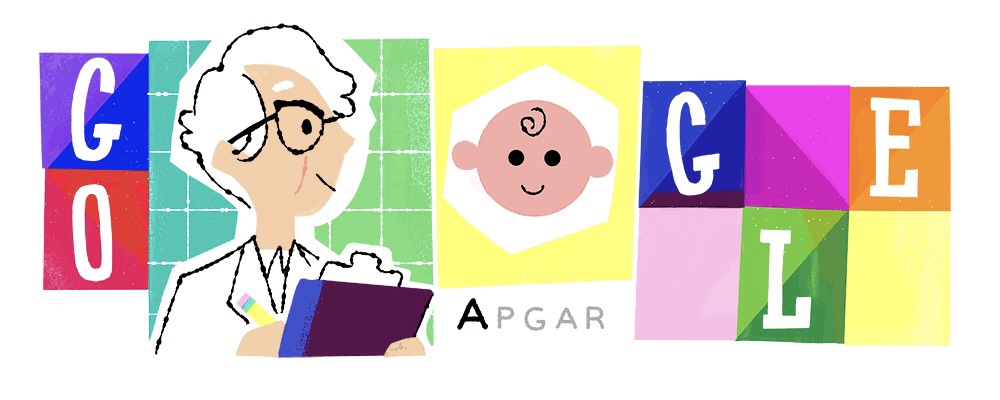
Dr. Virginia Apgar came into this world on June 7, 1909. 109 years later, her presence can still be felt in delivery rooms across the globe. That’s because she invented the Apgar score, the first standardized method for assessing a newborn’s health. It looks at 5 factors, which doctors remember by spelling out her last name: appearance, pulse, grimace, activity, and respiration. Apgar first came up with this scoring system in 1952, and it has been used in nearly every hospital birth since.
As reported by her colleague, Dr. William Silverman, the score did not arise from a lightening bolt of inspiration:
Apgar became appalled by the then prevalent neglect of apneic, small for age or malformed newborns. Listed as stillborn, they were placed out of sight and left to die. Dr. Apgar began to resuscitate these infants and to develop a scoring system that would ensure observation and documentation of the true condition of each newborn during the first minute of life. Further, it seems that the score was not conceived in a brief moment of inspiration. Dr. Apgar reported that between 1949 and 1952, several signs easily observed in the newborn were considered. Five were selected because they could be evaluated without special equipment and could be taught to the delivery room personnel without difficulty.
More than a convenient metric, the game changer was that Apgar was able to correlate her scores to infant mortality. All of her work was executed at a time when women were second-class citizens in medicine. Although she was determined to become a surgeon, Apgar was discouraged by her chair of surgery. She went on to become a full professor at Columbia University College of Physicians and Surgeons and the first woman to achieve that level of tenure.
While we have fun suggesting that her greatest accomplishment was creating an acronym based on her name, the test did not achieve its namesake until 1962 when two pediatricians created an acronym to facilitate teaching the five signs of the famed score (Butterfield J, Covey MJ: Practical epigram of the Apgar score (letter). JAMA 1962; 181:143)